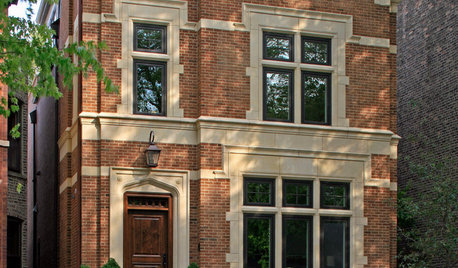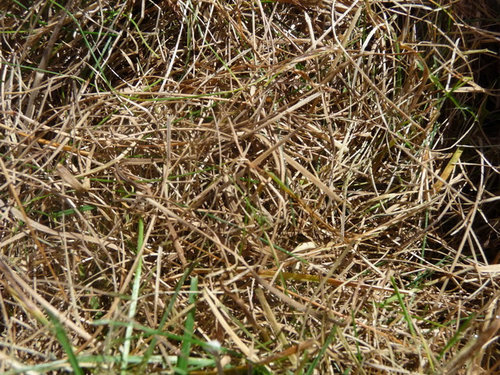DC and Morph More Help Needed
claga
9 years ago
Related Stories

LIFEDecluttering — How to Get the Help You Need
Don't worry if you can't shed stuff and organize alone; help is at your disposal
Full Story
ORGANIZINGGet the Organizing Help You Need (Finally!)
Imagine having your closet whipped into shape by someone else. That’s the power of working with a pro
Full Story
SMALL SPACESDownsizing Help: Storage Solutions for Small Spaces
Look under, over and inside to find places for everything you need to keep
Full Story
KITCHEN STORAGEGoing Up: Vertical Storage Holds More Kitchen Stuff
Fit more of what you need at hand by looking to narrow or shallow kitchen spaces and walls
Full Story
DESIGNER SHOWCASESA Kitchen Opens Up for a D.C. Show House
Removing a fieldstone wall helps turn a cooking space from dark and dingy to open and filled with light
Full Story
DECORATING GUIDESMore Is More: The 10 Tenets of Maximalist Style
Ready to join the school of over-the-top design? Learn how to embrace excess in your interiors
Full Story
FURNITUREHow to Buy a Quality Sofa That Will Last
Learn about foam versus feathers, seat depth, springs, fabric and more for a couch that will work for years to come
Full Story
KITCHEN DESIGNKey Measurements to Help You Design Your Kitchen
Get the ideal kitchen setup by understanding spatial relationships, building dimensions and work zones
Full Story
WINTER GARDENINGHow to Help Your Trees Weather a Storm
Seeing trees safely through winter storms means choosing the right species, siting them carefully and paying attention during the tempests
Full Story
MATERIALSRaw Materials Revealed: Brick, Block and Stone Help Homes Last
Learn about durable masonry essentials for houses and landscapes, and why some weighty-looking pieces are lighter than they look
Full Story








morpheuspa (6B/7A, E. PA)
clagaOriginal Author
Related Professionals
Canton Landscape Architects & Landscape Designers · New Bedford Landscape Architects & Landscape Designers · Redondo Beach Landscape Architects & Landscape Designers · Hartford Landscape Contractors · Barrington Landscape Contractors · Davidson Landscape Contractors · Manhattan Landscape Contractors · Mashpee Landscape Contractors · Miller Place Landscape Contractors · North Chicago Landscape Contractors · Santa Ana Landscape Contractors · Wayland Landscape Contractors · Markham Landscape Contractors · Lisle Swimming Pool Builders · Sacramento Swimming Pool BuildersclagaOriginal Author
clagaOriginal Author
dchall_san_antonio
morpheuspa (6B/7A, E. PA)
clagaOriginal Author
morpheuspa (6B/7A, E. PA)
danielj_2009
clagaOriginal Author
morpheuspa (6B/7A, E. PA)
clagaOriginal Author
morpheuspa (6B/7A, E. PA)